Are you ready to reconsider a daily habit that might be impacting your hygiene, wallet, and the environment? In a world where toilet paper has been the go-to for so long, there’s a surprising alternative gaining momentum – the bidet.
In this quick read, we’ll explore why this switch from toilet paper to bidets is more than just a trend. We’ll delve into the facts and figures, showing you how this choice could affect you, your health, and our planet. So, let’s dive into the bidet vs. toilet paper debate and discover why it matters.
Table Of Contents:
What is Bidets
A bidet is a device that cleans your private areas with a stream of water. It’s common in many parts of the world but less so in North America. Bidets come in various types, from simple attachments to electric seats with fancy features.
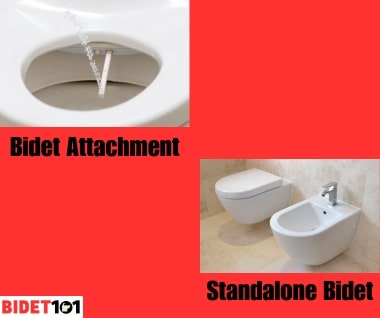
Hygiene and Effectiveness
When it comes to hygiene, the bidet emerges as a game-changer. Imagine cleaning your hands with just a dry paper towel after a messy task; it wouldn’t quite cut it, would it? Similarly, relying solely on toilet paper might not be as effective as you think in keeping your nether regions clean.
READ MORE: Why Don’t Americans Use Bidets
Let’s get down to the numbers. On average, an American uses approximately 57 sheets of toilet paper each day, totaling up to a staggering 100 rolls per year. Now, think about this: while toilet paper might remove some of the fecal matter after you’ve done your business, it doesn’t completely eliminate it. This means you could be left with unwanted ‘leftovers,’ like skid marks and dingleberries, which are neither pleasant nor hygienic.
Bidets, on the other hand, offer a targeted and thorough cleansing. These nifty devices use a gentle stream of water to wash away any post-poop residue. It’s akin to washing your hands with water instead of just wiping them on a towel. The result? A cleaner, more hygienic experience.
But it’s not just about feeling clean. Bidets may also reduce your risk of certain health complications. Proctologists, who are experts in all things colon-related, point out that bidets can lower the chances of issues like hemorrhoids, urinary tract infections (UTIs), yeast infections, anal fissures, and anal itching.
In the United States alone, these problems contribute to a staggering 30 million cases annually. Now, picture a simple switch to a bidet potentially preventing you from becoming a part of that statistic. It’s a small change that could make a big difference in your overall hygiene and well-being.
So, the next time you’re faced with the bidet vs. toilet paper dilemma, remember that bidets offer not only a cleaner experience but also a step towards better personal hygiene. But that’s not all; there are other aspects to explore in this debate. Let’s move on to discover how these choices impact the environment.
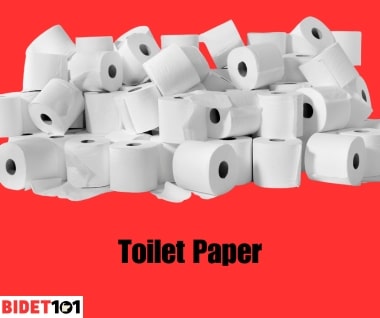
Environmental Impact
Now, let’s talk about the environment. You might not realize it, but your choice between toilet paper and bidets can have a significant impact on the world around you.
Toilet paper, the old reliable, is made from trees, mostly virgin pulp. In the United States, the production of toilet paper alone leads to the felling of approximately 15 million trees every year. That’s a staggering number, and it’s a stark reminder of the environmental cost of our wiping habits.
But what about bidets? Well, here’s the good news: bidets are much friendlier to the planet. While they do use water, they use far less than the resources required for toilet paper production. To put it in perspective, it takes a whopping 30 to 40 gallons of water to manufacture a single roll of toilet paper. Meanwhile, a bidet typically uses just about 1.2 to 1.4 gallons of water per week, which amounts to roughly an eighth of a gallon per use.
Think about the carbon emissions from transporting and manufacturing toilet paper year after year. Bidets significantly lower your environmental footprint, conserving both trees and water. So, if you’re looking to reduce your impact on the planet, switching to a bidet is a smart choice.
So, if you’re concerned about the environment and your wallet, bidets offer a win-win solution. They not only help reduce your ecological footprint but also prove to be a cost-effective investment in the long run. Now, let’s delve into the ease of use and convenience that bidets bring to the table.
Check the guide for details on How Eco-Friendly Bidet Seats truly are.
Cost Comparison
Now, let’s talk money. You might be wondering if switching to a bidet is a budget-friendly choice. Well, here’s the scoop.
Toilet paper, though seemingly cheap, adds up over time. On average, Americans spend between $75 to $125 per year on this essential bathroom item. It’s one of those recurring expenses that often goes unnoticed until you check your bank statement.
Now, what about bidets? The initial cost of a bidet attachment or seat might give you pause. For instance, a basic Tushy bidet model costs around $129. But here’s the kicker: it’s a one-time investment that pays off in the long run.
How, you ask? Well, bidets use water, and water is cheaper than you might think. In fact, tap water used for a bidet costs just a fraction of a cent per gallon. So, while the upfront cost might seem higher, you’ll recoup that investment in a little over a year. From then on, you’ll be saving money with every trip to the bathroom.
But there’s another cost-saving aspect to consider. Bidets can dramatically reduce your toilet paper usage. Remember, bidets provide a more thorough clean, so you won’t need as much TP. With fewer rolls to buy, your annual toilet paper expenses will plummet.
So, when you weigh the cost of a bidet against the ongoing expense of toilet paper, bidets come out as the more economical choice. Plus, they offer numerous other advantages that make them a compelling option for anyone looking to enhance their bathroom experience.
Health Considerations
Now, let’s get down to the nitty-gritty of your health. After all, that’s what matters most, right?
When it comes to keeping your nether regions clean, bidets have a clear advantage over toilet paper. You see, toilet paper, despite its widespread use, isn’t the most effective tool for this job. It might remove some of the mess, but it often leaves behind tiny remnants of, well, you know what.
Think about it like this: if you had something yucky on your hands, would you be content with wiping it off with a dry tissue? Probably not. You’d wash your hands with water and soap for a thorough clean. The same principle applies to your backside.
Bidets use a gentle stream of water to cleanse, leaving no room for skid marks or dingleberries. That’s a win for your hygiene.
But there’s more to it than just feeling fresh. Medical experts, including proctologists (those are the butt specialists), suggest that bidets can lower your risk of certain health issues. Using toilet paper alone can contribute to problems like hemorrhoids, urinary tract infections (UTIs), yeast infections, anal fissures, and itching.
Here’s a startling fact: wiping with TP is linked to a whopping 30 million cases of these uncomfortable conditions each year in the United States alone. Bidets, on the other hand, can significantly reduce the chances of these issues cropping up.
So, by making the switch from TP to a bidet, you’re not just improving your hygiene; you’re also taking a step towards better health. It’s a small change that can have a big impact on your well-being. Remember, a clean backside is a happy backside!
User Experience
Moving on to the practical side of things, let’s explore what it’s like to use a bidet versus traditional toilet paper.
Using a bidet is a breeze. It’s like a refreshing waterfall for your bottom. You get to control the water pressure and angle, making it a tailored experience. Plus, some bidets even offer warm water, which adds a touch of luxury to your hygiene routine.
On the other hand, toilet paper can be a bit rough. It’s not exactly a spa day for you behind. And if you’re not careful, you might end up using more toilet paper than you need to get clean. That’s not only wasteful but can also be harsh on your skin.
Bidets, especially electric ones, often come with handy features like a warm air dryer. So, after your wash, you can enjoy a gentle breeze instead of relying on TP to pat yourself dry.
When it comes to ease of use, bidets are pretty straightforward. Turn a knob or push a button, and you’re in business. They’re especially handy for folks with limited mobility since they require less maneuvering than TP.
But, let’s not ignore the elephant in the room—installing a bidet might not be a walk in the park. Some setups can be a bit tricky, requiring tools and some DIY skills. TP, on the other hand, is as easy as, well, unrolling it.
So, the user experience is a clear win for bidets in terms of comfort and functionality. It’s like a mini spa day for your bum every time you use it!
Summary Table of Comparison Facts Between Bidet and Toilet Paper
| Comparison Factor | Bidet | Toilet Paper |
| Hygiene and Effectiveness | Provides thorough cleaning, reducing the risk of irritation, infections, and other issues | May leave residue, leading to potential hygiene problems |
| Environmental Impact | It saves water, reduces toilet paper production, and lowers the carbon footprint | Requires significant water and paper resources, contributing to deforestation and waste |
| Cost Comparison | Initial investment in a bidet, but lower long-term costs | Continual expense for purchasing toilet paper |
| Health Considerations | Reduces the risk of hemorrhoids, UTIs, and anal issues | May contribute to health problems like hemorrhoids and infections |
| User Experience | Provides a refreshing and clean feeling, preferred by many | Familiar but less effective in terms of cleanliness |
Bidet Benefits Over Toilet Paper
- Improved Hygiene: Bidets provide superior cleaning with a stream of water, eliminating the need for harsh wiping, reducing the risk of irritation, and preventing potential health issues like hemorrhoids and UTIs.
- Environmental Friendliness: Bidets significantly reduce toilet paper consumption, saving trees and conserving water, making them an eco-friendly choice.
- Cost-Efficiency: Although the initial investment in a bidet may seem higher, the long-term savings on toilet paper outweigh it. Bidets also add value to your home.
- Health Considerations: Bidets promote better intimate hygiene for both men and women and are often recommended by healthcare professionals for various health benefits.
- User-Friendly: Bidets are easy to install, user-friendly, and suitable for all ages and abilities, making them a practical choice for modern bathrooms.
- Comfort and Convenience: The adjustable water temperature and pressure settings of bidets provide a personalized and comfortable cleansing experience.
- Reduction in Toilet Paper Waste: Bidets reduce the risk of clogged toilets caused by excessive toilet paper use, leading to fewer plumbing issues.
- Global Acceptance: Bidets are widely embraced worldwide and are considered a standard in many countries for their hygiene and health advantages.
Bidet Disadvantages Over Toilet Paper
- Initial Cost: Bidets, whether attachments or seats have an upfront cost for purchase and installation, which might be higher compared to traditional toilet paper.
- Installation Complexity: Installing bidet attachments or electric seats may require some DIY skills or professional installation, adding to the initial expense.
- Space Requirements: Bidets can be bulky, and not all bathrooms have enough space to accommodate them comfortably.
- Electricity Dependency: Electric bidet seats require a power source, which may not be available in all bathroom setups.
- Learning Curve: Using a bidet may take some getting used to, especially for those unfamiliar with the technology.
- Maintenance: Bidets need regular cleaning and maintenance to prevent mineral buildup and ensure proper functionality.
- Environmental Impact: While bidets are more eco-friendly in the long run, their production and installation can have some environmental impact, including water usage.
- Preference: Some individuals may still prefer the familiarity of toilet paper, and the switch to bidets can be a matter of personal preference.

Conclusion
In the age-old debate of bidet versus toilet paper, we’ve explored the various facets of each choice. It’s evident that bidets bring several advantages to the table. They stand out in terms of hygiene, offering a thorough cleanse and reducing the risk of health issues like hemorrhoids and urinary tract infections. Moreover, bidets have a positive environmental impact, conserving trees and water resources. While the initial investment may seem substantial, they prove cost-effective in the long run.
On the flip side, toilet paper remains a familiar and convenient choice, but it has its drawbacks. It can leave residue behind, potentially causing discomfort and health concerns. The environmental toll of toilet paper production is another concern.
Now, for the ultimate question: Are bidets better than toilet paper? Without a doubt, bidets are frequently regarded as the superior option. They provide heightened hygiene, decrease environmental footprint, and can result in long-term cost savings. Transitioning to bidets represents a move toward a cleaner, more eco-friendly, and financially prudent bathroom routine.
In the end, the bidet versus toilet paper decision boils down to personal preference and priorities. Whether you opt for the modern cleansing convenience of a bidet or the traditional reliability of toilet paper, the key is to maintain good hygiene practices for a healthier, more sustainable future.
FAQs
Is bidet safer than toilet paper?
Absolutely! Bidets are not only more effective at cleaning but also safer for your hygiene. They are highly recommended for a healthier and cleaner experience.
Do you use toilet paper or bidet first?
It’s a matter of choice, but most bidet users find it simpler and cleaner to use the bidet first. Bidet water pressure effectively cleans without the need for toilet paper. Some may choose to use a small amount of toilet paper afterward, but it’s personal preference.
Do doctors recommend bidet?
Yes, bidets are generally considered safe and effective for personal hygiene based on available research. However, it’s essential to follow usage instructions, especially concerning water pressure and temperature. Medical professionals often endorse bidets for their potential health benefits.
Do you use toilet paper with a bidet
When you use a bidet correctly, especially a high-quality one, there’s usually no need for toilet paper. Bidets are designed to clean more effectively than wiping. While bidets excel at cleaning, you might prefer using a small amount of toilet paper solely for drying purposes. It’s a personal choice for that extra touch of comfort and convenience. In a nutshell, the bidet’s main purpose is to thoroughly cleanse, potentially eliminating the need for toilet paper. However, it’s perfectly fine to use a bit of TP for drying if you prefer that extra step.
Is a Bidet Worth It?
Absolutely, here’s why:
- Superior Cleanliness: Bidets provide a more thorough and hygienic cleaning experience, reducing the risk of various health issues.
- Eco-Friendly: They’re environmentally responsible, using less paper and water, contributing to a greener planet.
- Cost-Efficient: In the long run, bidets can save you money by reducing your toilet paper expenses.
- Enhanced Comfort: Many users appreciate the comfort and efficiency of bidets, making them a worthwhile investment for personal hygiene.
Overall, a bidet offers enhanced hygiene, eco-consciousness, potential cost savings, and an improved user experience, making it a smart choice for those willing to make the switch.

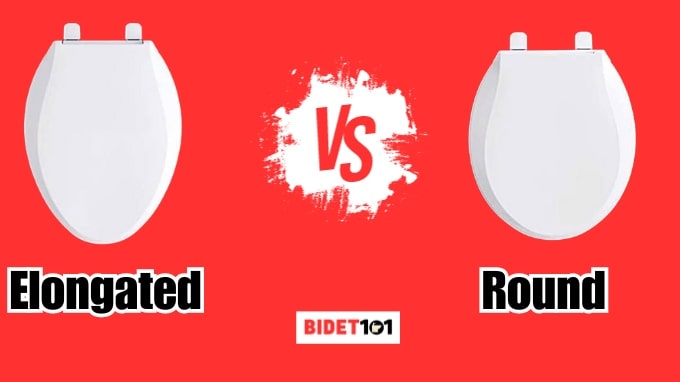

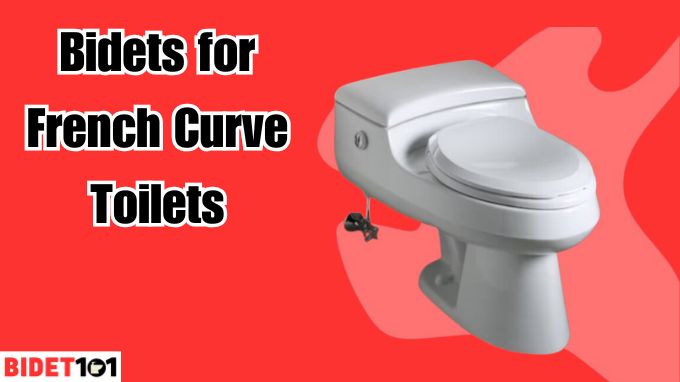
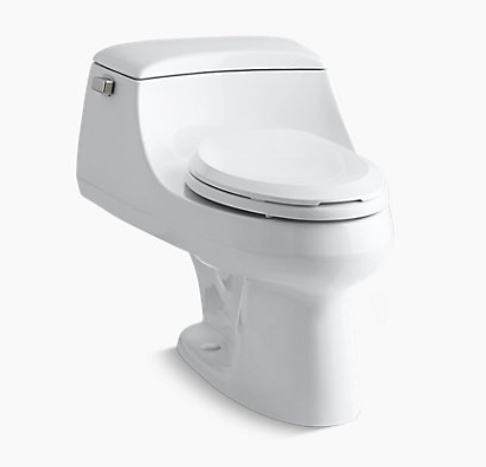
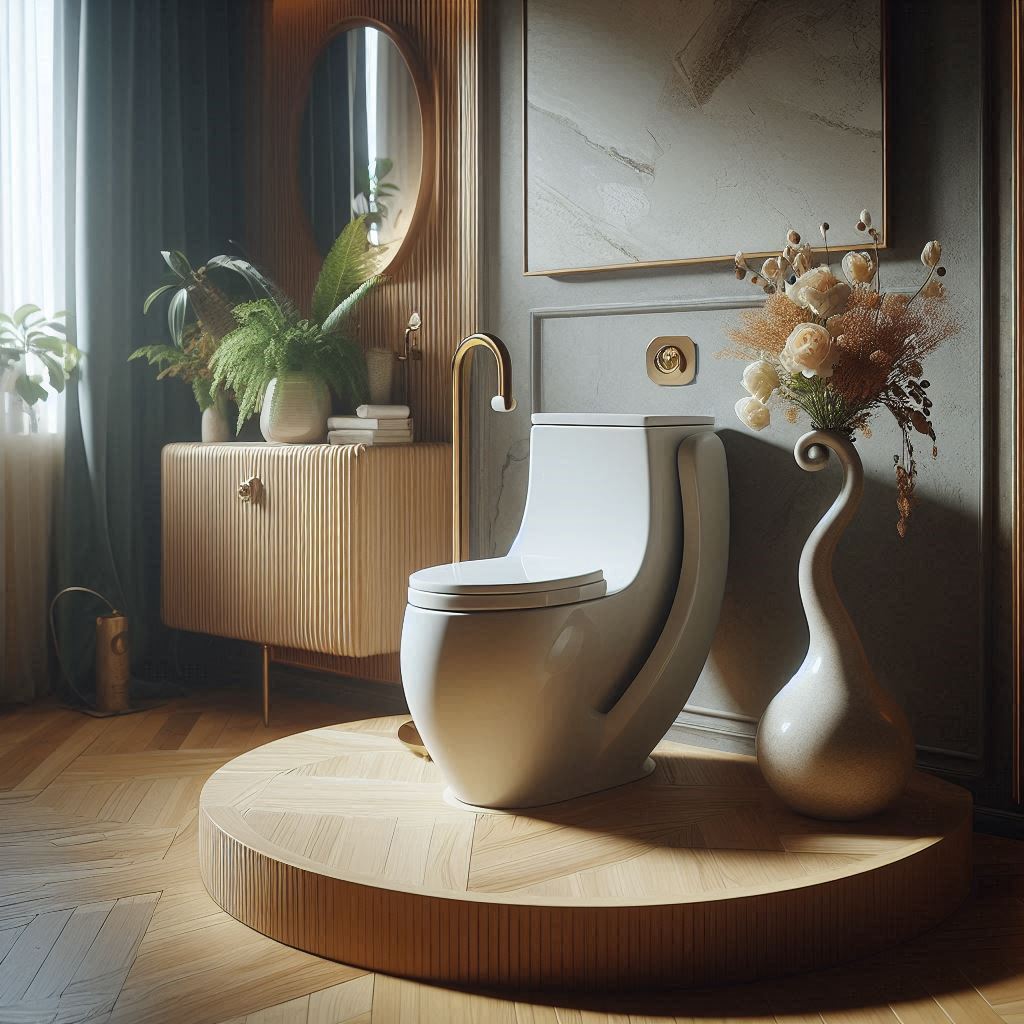
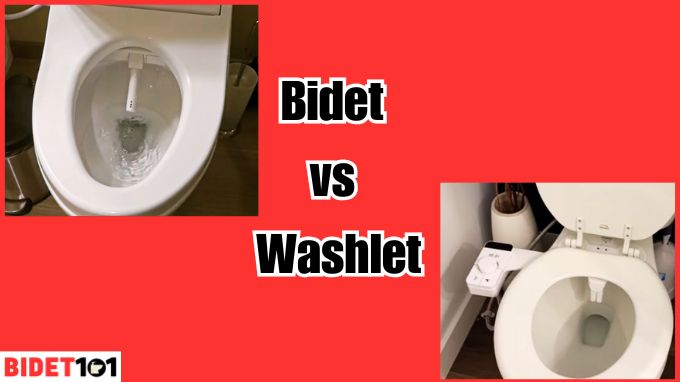
I was pretty pleased to uncover this website. I wanted to thank you for ones time for this wonderful read!! I definitely savored every part of it and I have you saved as a favorite to see new information on your site.